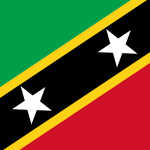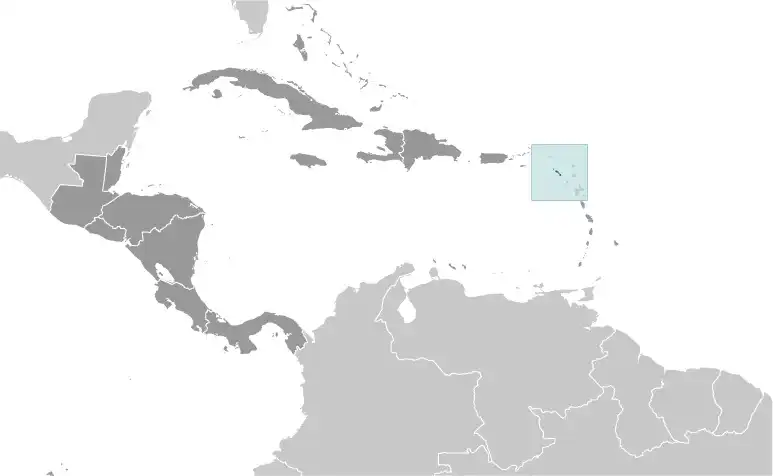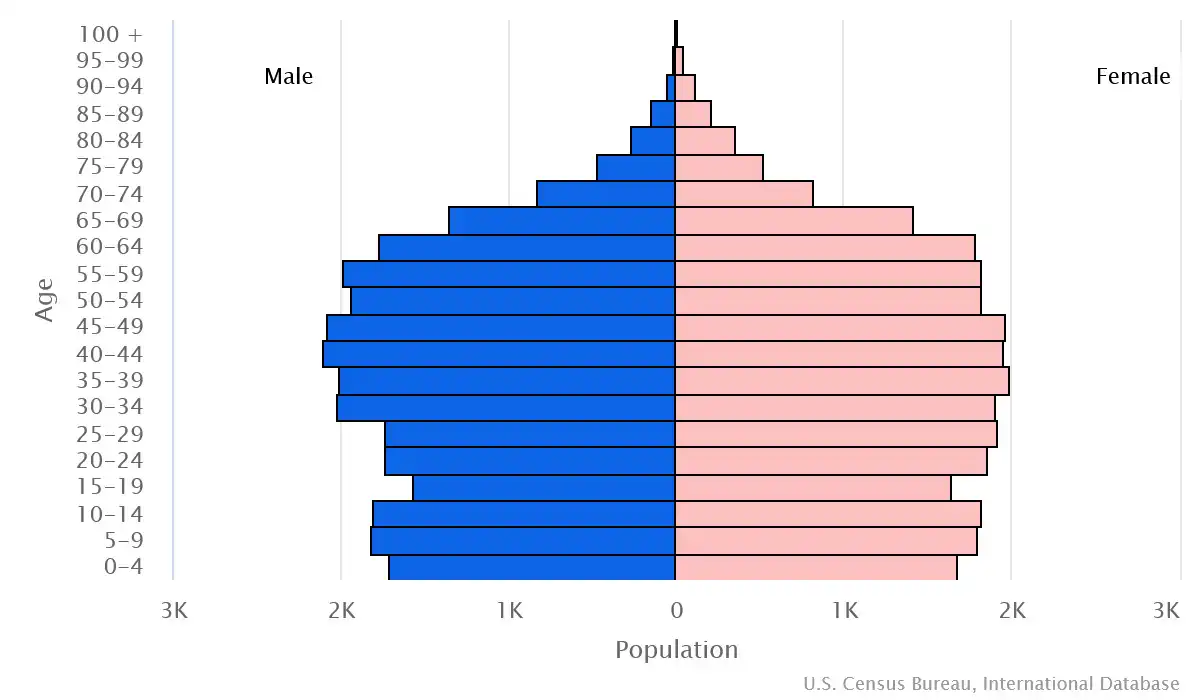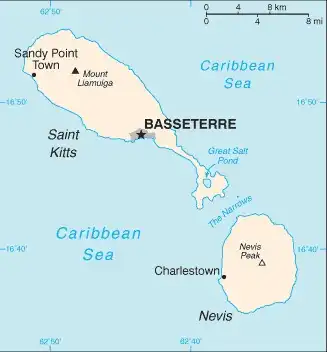
Saint Kitts and Nevis
Veröffentlicht: 20. June 2022 - Letztes Update: 28. February 2025
Country Data Dashboard

Population
55,133
Growth: 0.56% (2024 est.)
GDP
$1.055 billion
(2023 est.)
Area
261 sq km
Saint Kitts 168 sq km; Nevis 93 sq km
| Government type: | federal parliamentary democracy under a constitutional monarchy; a Commonwealth realm |
| Capital: | Basseterre |
| Languages: | English (official) |
People & Society
Ethnicity (2001 est.)
Religion (2011 est.)
Age structure

Economy
Economic overview
high-income, tourism-based Caribbean OECS economy; better debt balancing; CARICOM and ECCU member; growing offshore financial and telecommunications hub; environmentally fragile; unique citizenship-driven growth model
Real GDP (purchasing power parity) in Billion $
Real GDP per capita in $
Exports & Imports in million $
Top 5 Import Partner in 2022 (73%)
Top 5 Import Commodities in 2022
- ships 🚢
- refined petroleum ⛽
- plastic products ♻️
- cars 🚗
- jewelry 💍
Top 5 Export Partner in 2022 (73%)
Top 5 Export Commodities in 2022
- measuring instruments 🍹
- broadcasting equipment 📡
- electrical transformers
- electrical control boards
- ships 🚢
Geography
Map

Area
Natural resources
- arable land 🌱
Climate
tropical, tempered by constant sea breezes; little seasonal temperature variation; rainy season (May to November)
Historical Background Information
Carib Indians occupied the islands of the West Indies for hundreds of years before the British and French began settlement in 1623. During the 17th century, Saint Kitts became the premier base for British and French expansion into the Caribbean. The French ceded the territory to the UK in 1713. At the turn of the 18th century, Saint Kitts was the richest British Crown Colony per capita in the Caribbean, a result of the sugar trade. Although small in size and separated by only 3 km (2 mi) of water, Saint Kitts and Nevis were viewed and governed as different states until the late-19th century, when the British forcibly unified them along with the island of Anguilla. In 1967, the island territory of Saint Christopher-Nevis-Anguilla became an associated state of the UK with full internal autonomy. The island of Anguilla rebelled and was allowed to secede in 1971. The remaining islands achieved independence in 1983 as Saint Kitts and Nevis. In 1998, a referendum on Nevis to separate from Saint Kitts fell short of the necessary two-thirds majority.
